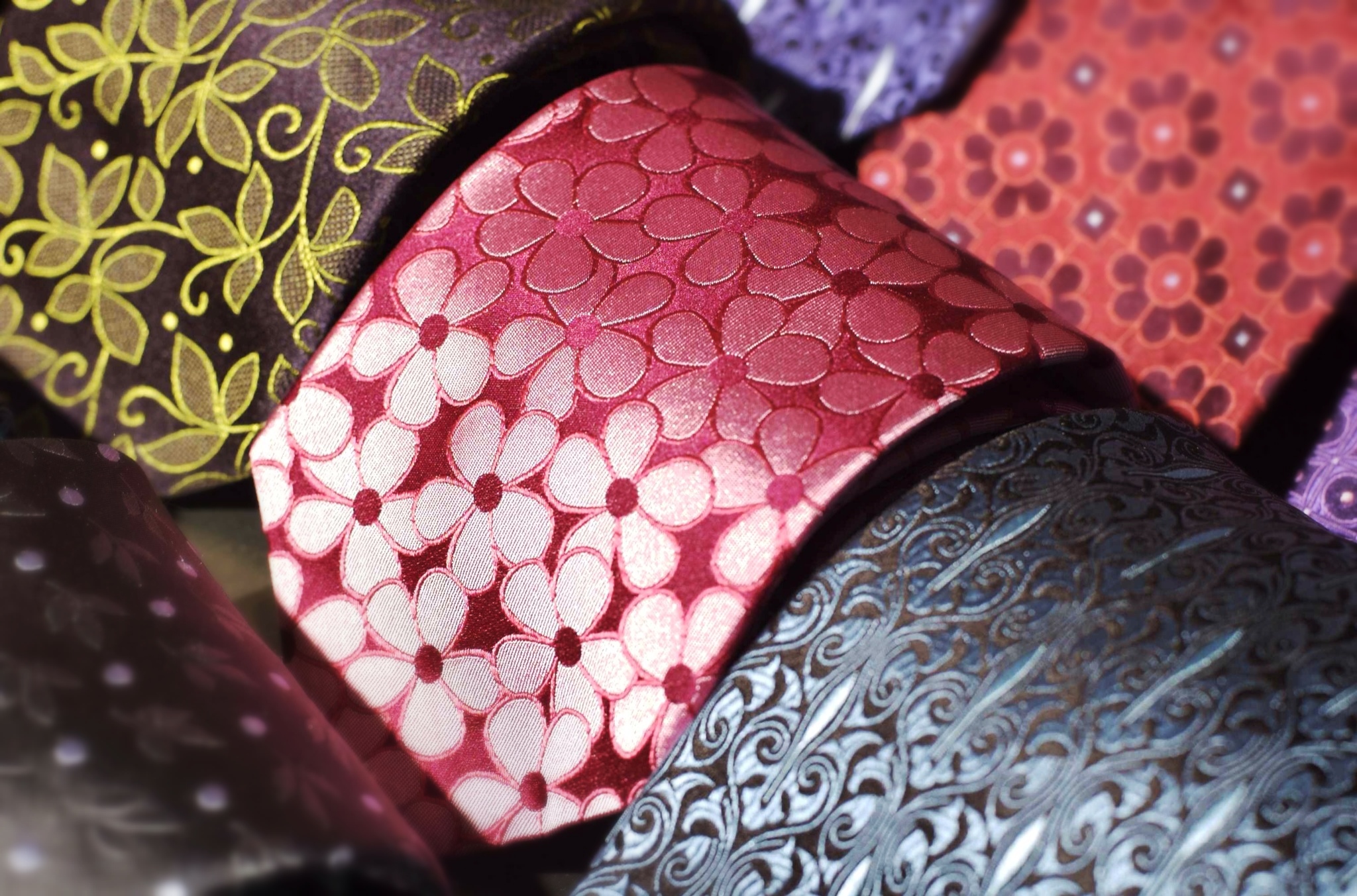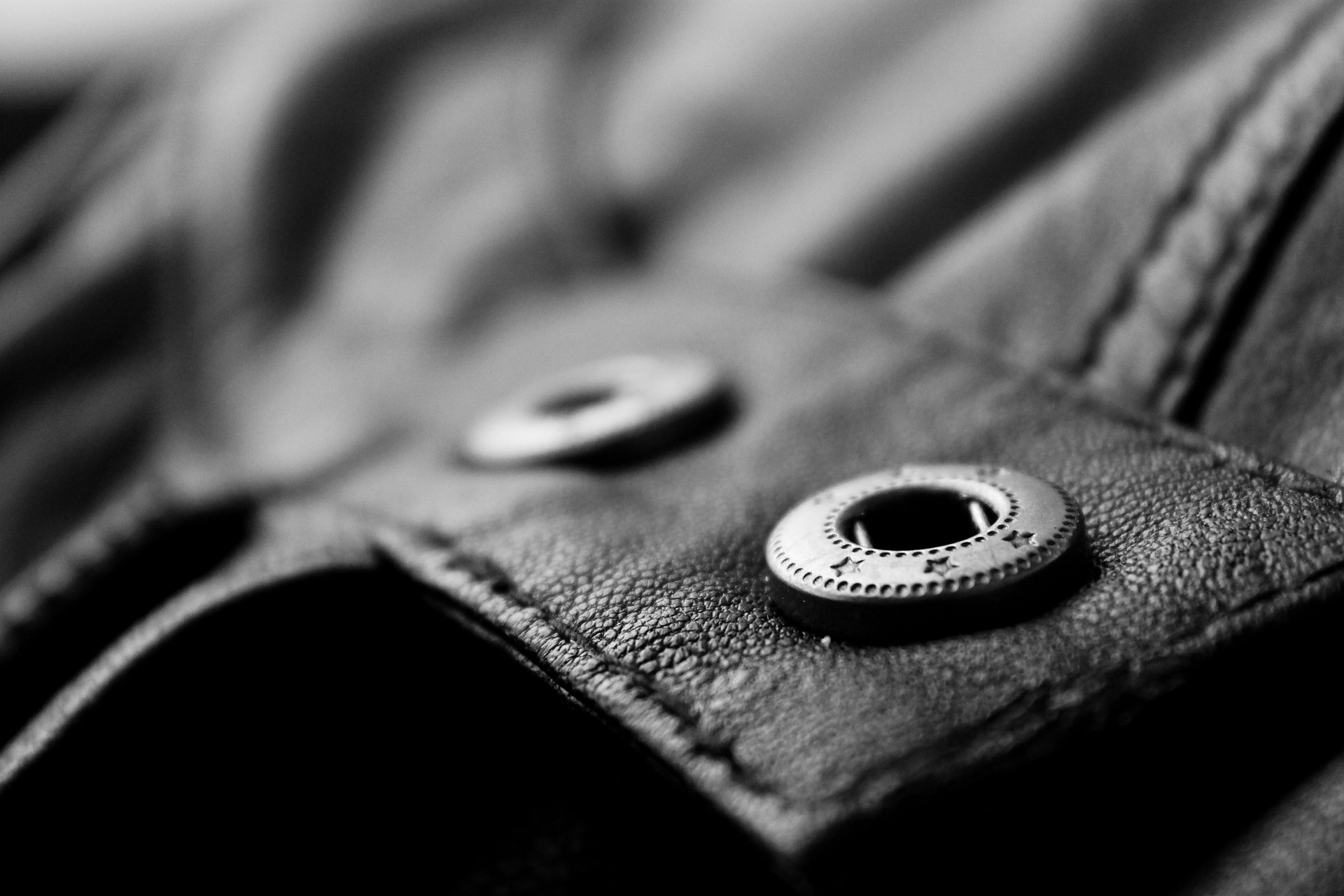 The moths in question may not kill, may not maim but will inflict harm. Harm not to you, but harm to your possessions.
The moths in question may not kill, may not maim but will inflict harm. Harm not to you, but harm to your possessions.
Moths, and not the kind that flutter towards the light harmlessly, but a different variety that hops along in darkness laying her eggs.
These eggs lay dormant amongst the folds of the softest cashmere, hidden from view in warmth and darkness.
The larvae appear not all at once but over time. As they hatch they are awakened from their slumber by the uncontrollable urge of hunger.
And so they feast. Drawn to the musky aroma of late nights at the office (working of course) along with a splash of white wine from dinner they start.
They don’t stop their feast until disturbed by the harsh light of day or eradicated by immersion into cleaning solutions. But by then it is too late.
The evidence of the feast has left the softest cashmere pock marked with irregular holes, fibers weakened. The piece would never be the same.
Fixable of course, invisible weaving by the finest French method will un-do the damage. But at a hefty price.
Insurance you mutter. The only insurance is to only put away one’s precious woolens clean. And yes, you must clean if only worn once, as just one drop could start the feast.
*The moths in question are; the webbing clothes moth or the casemaking clothes moth.
*Re-weaving starts at $100 and the price quickly increases depending of the number of holes. Cameo Cleaners of Gramercy Park, Arthur Copeland Cleansers and Jeeves of Belgravia (NYC) all have wonderful weaving divisions.
*Dry cleaning your woolens before storage is the best insurance against moth damage.
 (https://www NULL.addtoany NULL.com/share)
(https://www NULL.addtoany NULL.com/share)

April 11, 2009 by Robin Harrison
Robin Harrison
A very interesting and eye opening article. Do the moths usually get into the clothes whilst they are stored away?, If so is there something that you would recommend to place in the wardrobe etc to deter the moths entering?